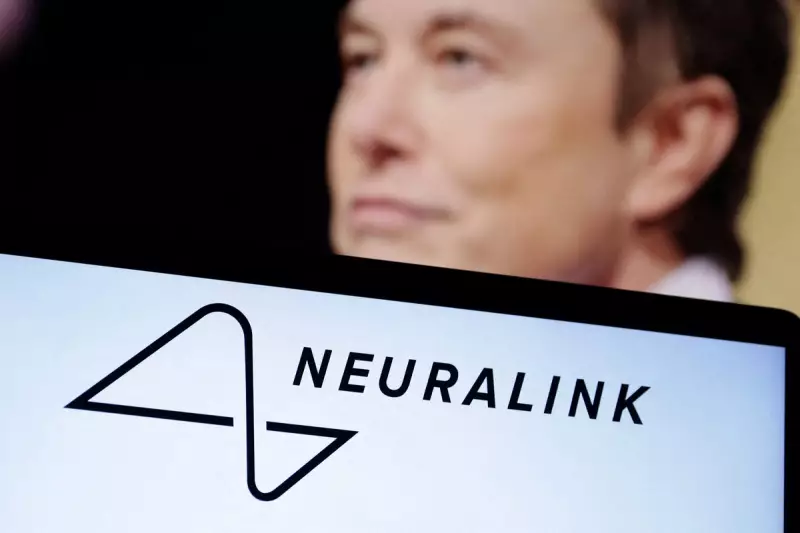
In a stunning development that sounds more like science fiction than reality, Elon Musk's neurotechnology company Neuralink has announced extraordinary progress with its first human brain implant recipient. The groundbreaking procedure represents a monumental leap forward in brain-computer interface technology.
The Pioneering Patient
The individual participating in this revolutionary clinical trial has reportedly made a full recovery with no adverse effects, demonstrating what Neuralink describes as "promising" initial results. Most astonishingly, the patient has shown the ability to control a computer mouse cursor through the power of thought alone.
This remarkable achievement comes just weeks after Musk revealed that human trials had commenced, following successful animal testing that paved the way for this human application.
How the Technology Works
Neuralink's innovative system involves implanting a small device into the brain that can interpret neural signals and translate them into digital commands. The technology holds immense potential for people suffering from paralysis and various neurological conditions, potentially restoring communication abilities and independence.
The company's PRIME study focuses specifically on individuals with quadriplegia due to spinal cord injuries or ALS, offering hope where traditional treatments have limitations.
Regulatory Milestones and Future Prospects
This human trial follows Neuralink's receipt of approval from the US Food and Drug Administration to conduct clinical studies. The successful early results suggest we may be witnessing the dawn of a new era in medical technology.
Musk has previously outlined ambitious visions for Neuralink's capabilities, suggesting the technology could eventually address conditions ranging from obesity to autism, and even enable symbiotic relationships between human and artificial intelligence.
Broader Implications
While the current focus remains on medical applications, the successful demonstration of thought-controlled computing opens up fascinating possibilities for human-computer interaction that could eventually transform how we all engage with technology.
The technology represents one of the most significant advances in neurotechnology to date, potentially offering life-changing solutions for millions worldwide living with neurological disorders and physical limitations.





